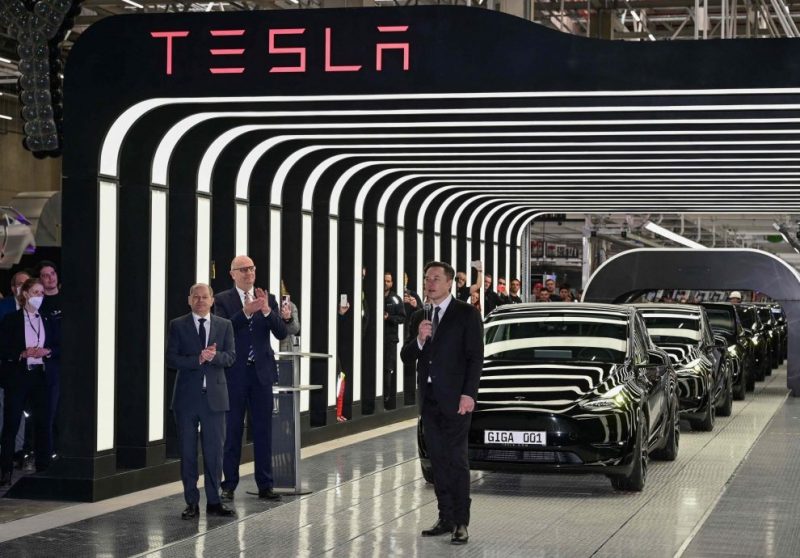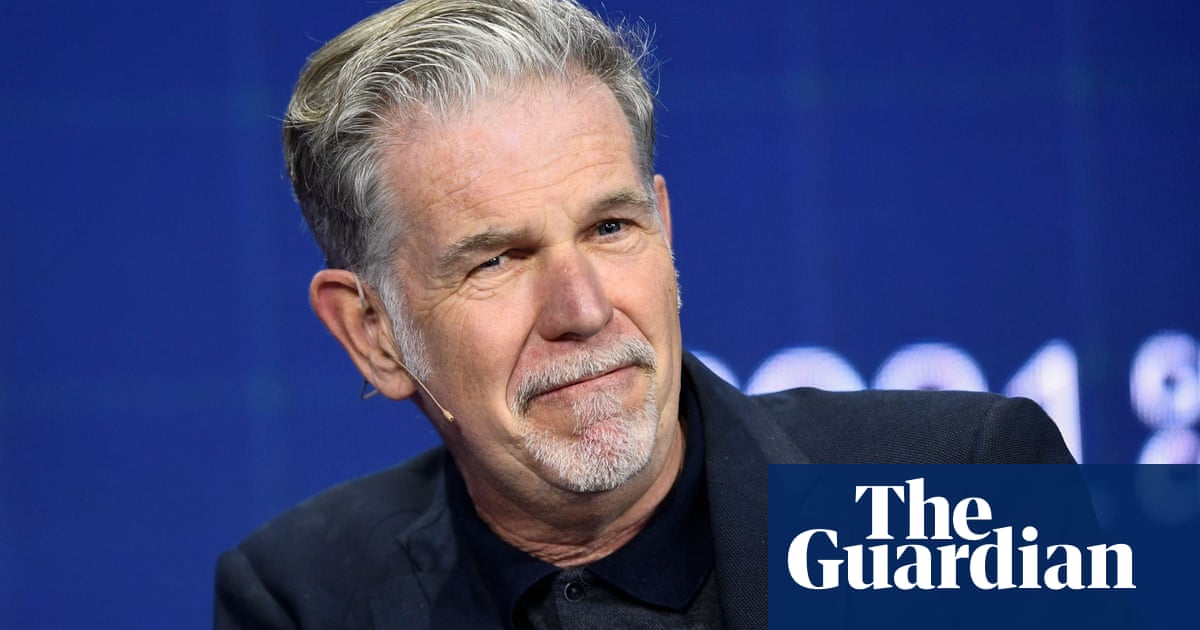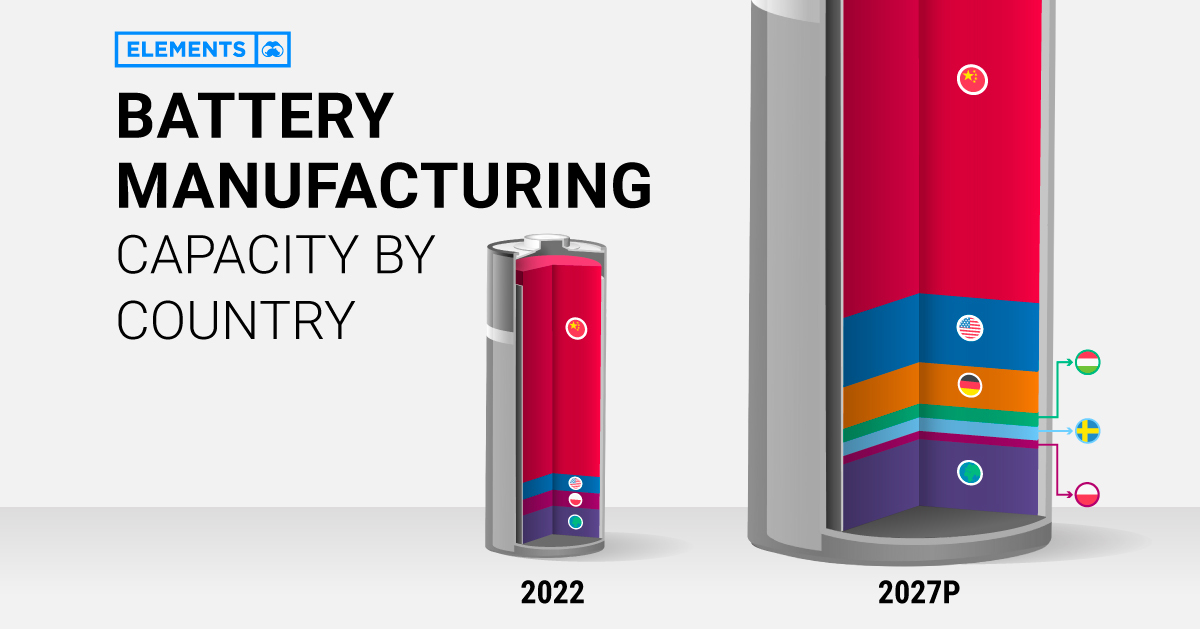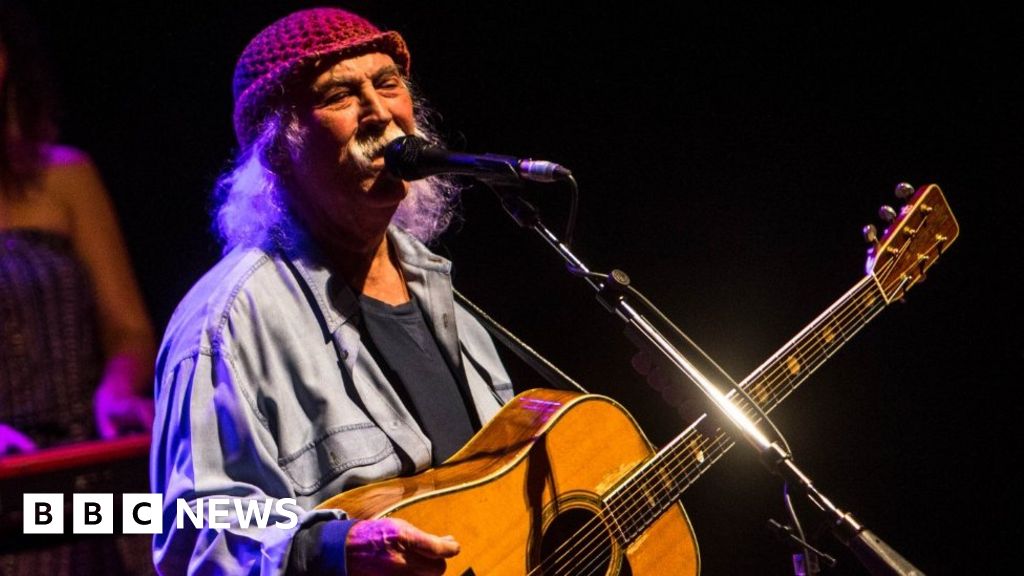- Arvind's Newsletter
- Posts
- Arvind's Newsletter
Arvind's Newsletter
Issue No #641
1. India’s stock market was one of the few bright spots in Asia last year. But high valuations and the increasing attractiveness of China mean investors should expect a bumpy first half, according to analysts, opines Dave Sebastian of The Wall Street Journal. Excerpts from this article The MSCI India index rose 1.6% in 2022, compared with a 22% decline in the comparable benchmark for China. While China was struggling with the economic impact of its zero-Covid policy and a sharp slowdown in the property sector, India’s economy performed well as the pandemic eased.
China’s government has now moved to address those two big problems, meaning many investors are weighing up the relative merits of Indian and Chinese stock markets. That is leading to a return of an old complaint about Indian equities—their expensive earnings multiples. On Dec. 30, the MSCI India index was trading at a forward price-to-earnings ratio of 21.42, compared with 10.43 for China and 11.29 for the wider emerging-market index, according to MSCI data.
Indian shares have historically traded at higher earnings multiples than their Chinese counterparts, said Manishi Raychaudhuri, head of equity research in Asia Pacific at BNP Paribas. Chinese companies—which often have easy access to cheap domestic funding sources—typically emphasize profit growth, whereas Indian companies are more likely to focus on return on capital, he said.
Over about the past 25 years, Indian shares have traded at an average forward price-to-earnings premium to Asia excluding Japan of roughly 40%, according to BNP Paribas data. They are now trading at a premium of around 74%. The increasing hope that Chinese shares are set for a comeback means many foreign investors are now selling their Indian holdings to shift back to Chinese and Hong Kong stocks.
Although analysts expect foreign investors to continue cutting their exposure to India over the next six months, they say the market could perform better in the second half of the year. This is partly because India’s economy appears strong. The Asian Development Bank projects India’s economy will grow 7.2% in 2023, compared with 4.3% growth in China.
2.Tesla’s price cuts are driving a growing electric-vehicle price war, particularly across Asia. Rival XPENG, a major Chinese manufacturer, responded by lowering the prices of some models by as much as 15%, while a carmaker partially owned by tech giant Huawei slashed its prices by around 10%. Elsewhere, VinFast, a Vietnamese company that is readying to expand into the United States, said it would soon announce promotions to ensure its “competitiveness,” while India’s Tata Motors lowered the price of its electric SUV model.
3.Netflix reported better-than-expected fourth-quarter results. The numbers offer a positive send-off for Reed Hastings, the company’s co-founder, who announced that he will step down as co-CEO to become executive chairman. Netflix was an early-pandemic darling, but growth tailed off, and its share price dropped 70% between January and June last year. Its stock rose 6% on the latest earnings report. Netflix’s co-CEOs have a tough job: Similar to Amazon, their company’s hyper-successful founder will sit above them, and could get involved at any time. “You can imagine him grabbing the wheel back if things go haywire,” The Information wrote.
4. With the world gearing up for the electric vehicle era, battery manufacturing has become a priority for many nations, including the United States. However, having entered the race for batteries early, China is far and away in the lead, 77% of the global battery manufacturing capacity. Poland and USA have only 6% of capacity each. followed by Hungary and Germany (3% each ). India's capacity is less than 0.2%.
China is home to six of the world’s 10 biggest battery makers. Behind China’s battery dominance is its vertical integration across the rest of the EV supply chain, from mining the metals to producing the EVs. It’s also the largest EV market, accounting for 52% of global sales in 2021
Meanwhile, the U.S. is projected to increase its capacity by more than 10-fold in the next five years. EV tax credits in the Inflation Reduction Act are likely to incentivise battery manufacturing by rewarding EVs made with domestic materials. Alongside Ford and General Motors, Asian companies including Toyota, SK Innovation, and LG Energy Solution have all announced investments in U.S. battery manufacturing in recent months.
5.The end of an Era: Legendary US musician David Crosby has died aged 81 after a “long illness”. The singer, guitarist and songwriter was part of the original lineup of the Byrds and appeared on their first five albums, including the 1965 hit cover of Bob Dylan’s Mr Tambourine Man. He also co-founded the folk rock supergroup Crosby, Stills & Nash along with fellow musicians Stephen Stills and Graham Nash. They later added Canadian singer-songwriter Neil Young to the lineup. (the group was known as CSNY)
Here is one of CSNY's songs Deja Vu from their second studio album also called Deja vu.




